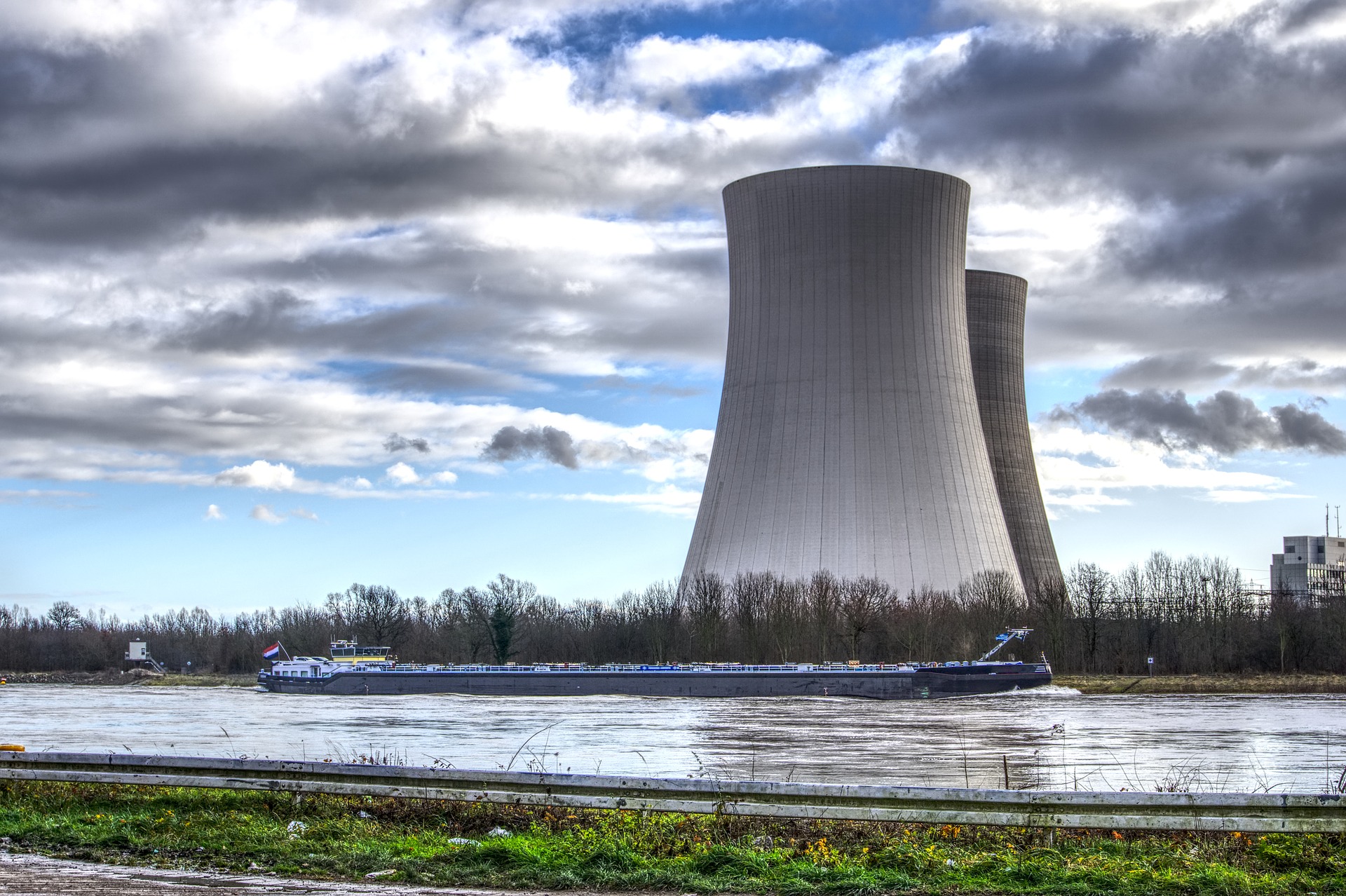Construction of the Largest Fusion Reactor in the World has Began

The world’s largest fusion reactor has entered the construction phase, and it’s planned for activation in 2025. Named the “International Thermonuclear Experimental Reactor”, the project started about three decades ago and was initially co-funded by the EU, USA, Russia, China, India, Japan, and South Korea. That said, it’s a global effort to create something that would change the field of energy generation forever, and the hopes are high that it will achieve this.
The first parts of the 25,000 ton reactor are on their way to Saint-Paul-lès-Durance, in France, where the ITER is based. The site preparations started in 2008, the excavation completed in 2010, and the completion of the “Tokamak” construction that is going to host the humongous reactor was completed in 2017. We are in the assembly phase now, with welders constructing the vessel, which is planned for completion in 2025.
When this happens, the engineers will power up the behemoth and then they’ll wait for it to reach fusion-level temperatures. That should take roughly another decade, so by 2035, ITER may enter fully-operational and energy-outputting status. If everything goes as planned, ITER will be able to produce 500 MW of thermal power and sustain that for 1,000 seconds (almost 17 minutes) inside its 840 m3 deuterium/tritium filled reactor chamber.
Until then, other similar projects that feature smaller tokamaks may come into fruition sooner, so we may get to see the concept of nuclear fusion reactors proven in practice before the ITER outputs any power. When it does though, it’s going to be the change in gear that everyone in the field has been waiting and hoping for.
Nuclear fusion reactors are theoretically (and proved in the experimental level) able to produce power by using very little fuel and unlocking its nuclear power through the fusion of two atomic nuclei in a heavier one. This presupposes the overcoming of various technical and practical barriers, as well as the maintenance of extreme pressure and temperature conditions, but if done right, it can keep giving power almost indefinitely.

 Tech Steel & Materials
Tech Steel & Materials